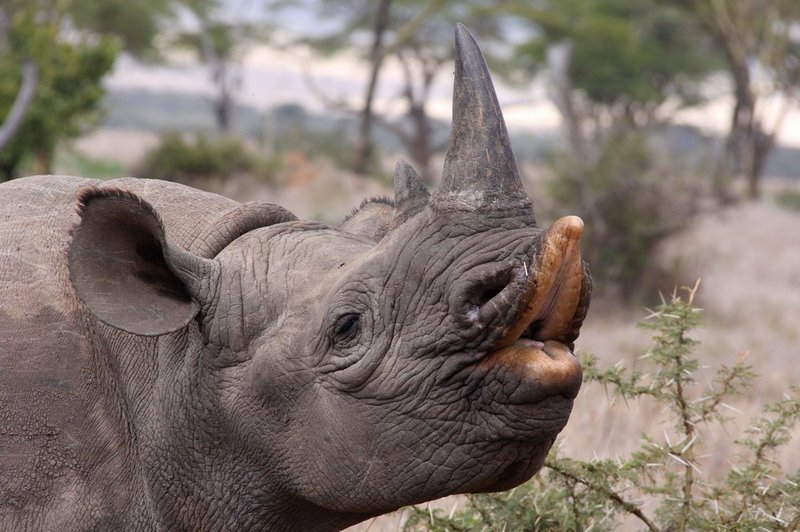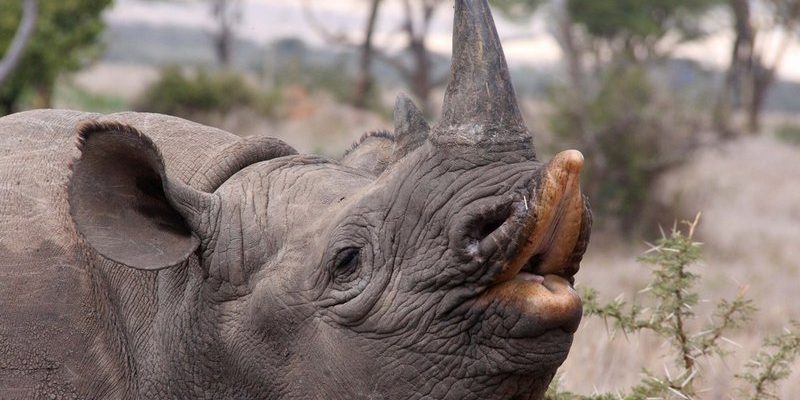
Navigating these kinds of encounters isn’t as straightforward as you might think. While the black rhino may appear calm and majestic, they are also known for their unpredictable nature. It’s vital to understand how to behave in these situations to ensure both your safety and that of the rhino. So, let’s explore some essential tips and guidelines for handling an encounter with a black rhinoceros with care and respect.
Understanding the Black Rhinoceros
Before we dive into what you should do during an encounter, let’s take a moment to understand the black rhinoceros better. These creatures are primarily found in parts of eastern and southern Africa and are recognizable by their hooked upper lip, which they use skillfully to grab leaves and branches from shrubs and trees.
Black rhinos are generally smaller than their white counterparts, yet they are incredibly powerful. They can weigh up to 1,400 pounds and reach speeds of up to 30 miles per hour! That’s faster than most humans can run, which may give you an idea about their agility. Additionally, black rhinos are typically solitary animals, preferring to roam alone or occasionally in small groups.
Here’s the thing: while their formidable size and strength are impressive, black rhinos are also critically endangered due to poaching and habitat loss. Understanding these facts may help you appreciate the importance of being cautious and respectful if you encounter one in the wild.
Stay Calm and Assess the Situation
If you find yourself in the presence of a black rhino, the first thing to remember is to stay calm. It’s easy to feel panicked in such a scenario, but keeping your cool will help you think clearly. Take a moment to observe the rhino’s behavior; are they grazing? Standing still? Showing signs of distress?
If the rhino seems at ease and unaware of your presence, you may want to consider moving away slowly and quietly. But if it begins to stare at you or displays aggressive behavior, like charging or snorting, it’s crucial to take immediate action.
You might be wondering why staying still might be a good option. Well, black rhinos have poor eyesight but a keen sense of smell and hearing. If you stand still, there’s a chance they might not perceive you as a threat and eventually move along.
Keep Your Distance
When it comes to wildlife, maintaining a safe distance is key. This is especially true for black rhinoceroses. Ideally, you should try to keep at least 100 yards (about the length of a football field) away from the rhino. Even though they might look friendly while munching on some leaves, they can become defensive if they feel threatened or cornered.
A good rule of thumb is to avoid approaching the rhino at all. Instead, find a safe vantage point where you can observe it without disrupting its natural behavior. Using binoculars or a camera with a zoom lens can allow you to enjoy a close-up view without encroaching on its space.
Know When to Retreat
If at any point the black rhino displays aggressive behaviors—such as snorting, pawing the ground, or charging—it’s time to retreat. Moving away swiftly and quietly is essential. Do not turn your back on the rhino or run, as this may trigger its chase instinct. Instead, back away slowly while keeping an eye on the animal, ensuring you can react if necessary.
While retreating, you might feel the urge to capture the moment on video or take photos. However, focusing on your safety is far more important than getting that perfect shot. If the rhino appears aggressive, your priority should always be to put distance between you and the animal.
Respect the Habitat
Being in the presence of wildlife is a privilege, and with that privilege comes responsibility. Respecting the rhino’s habitat is crucial for its well-being and conservation. Stay on designated paths when you’re in wildlife areas, and avoid trampling vegetation or disturbing the environment.
Additionally, it’s important to follow the guidelines set by national parks or reserves regarding wildlife encounters. These rules aim to protect not only the animals but also visitors. If you’re on a guided tour, listen carefully to your guide, as they’re trained to handle these situations and will provide valuable insights on safe practices.
Educate Yourself and Others
One of the best things you can do after encountering a black rhinoceros is to share your experience and educate others about them. Understanding the threats these beautiful creatures face can help raise awareness about conservation efforts.
Consider discussing your experience with friends or family, or even sharing photos on social media, with a thoughtful message about respecting wildlife. You could even get involved with organizations that work towards the protection of black rhinos and their habitats. Every bit of awareness helps in the fight against poaching and habitat destruction.
Final Thoughts on Encountering a Black Rhinoceros
Encountering a black rhino in the wild can be an unforgettable experience, filled with awe and respect for nature. Remember, safety should always come first—both yours and the rhino’s. By staying calm, keeping your distance, and respecting their natural habitat, you can contribute to their conservation while enjoying one of the earth’s most magnificent creatures.
The next time you find yourself in the wild, be prepared, stay aware, and carry that sense of wonder home with you. It’s all about coexistence and protection, ensuring that these incredible animals continue to roam the earth for generations to come.

